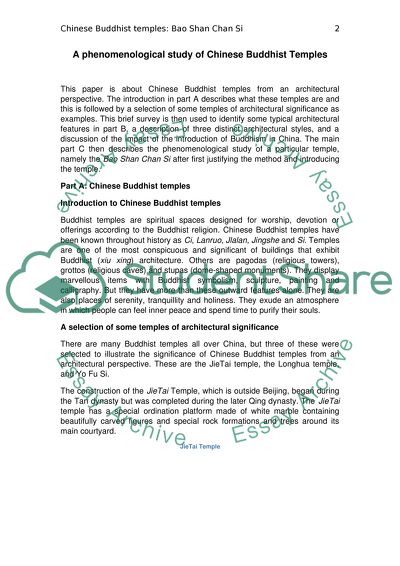Cite this document
(“A phenomenological study of Chinese Buddhist temples Essay”, n.d.)
Retrieved from https://studentshare.org/history/1406706-building-phenomenology-essay-project
Retrieved from https://studentshare.org/history/1406706-building-phenomenology-essay-project
(A Phenomenological Study of Chinese Buddhist Temples Essay)
https://studentshare.org/history/1406706-building-phenomenology-essay-project.
https://studentshare.org/history/1406706-building-phenomenology-essay-project.
“A Phenomenological Study of Chinese Buddhist Temples Essay”, n.d. https://studentshare.org/history/1406706-building-phenomenology-essay-project.


